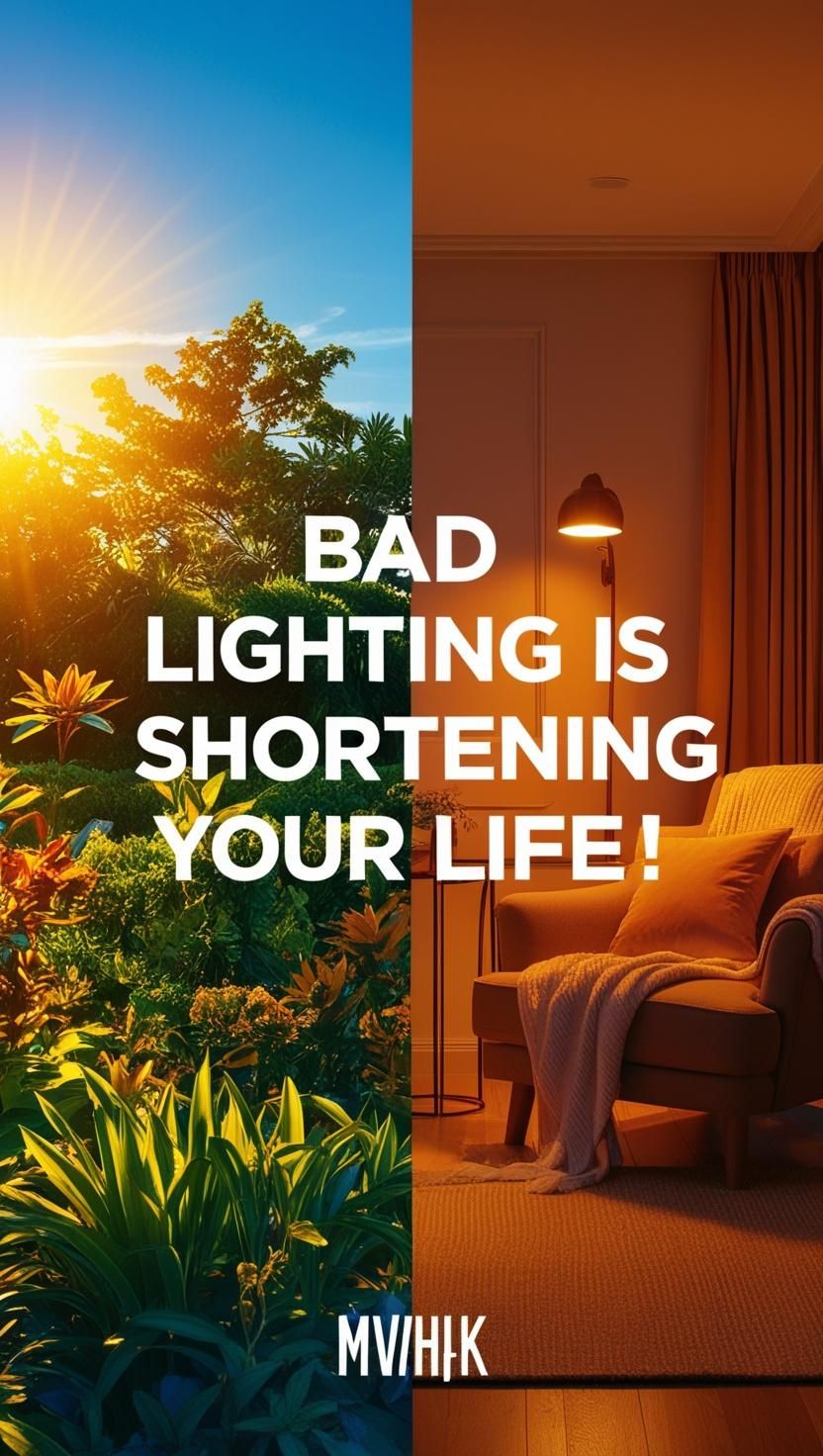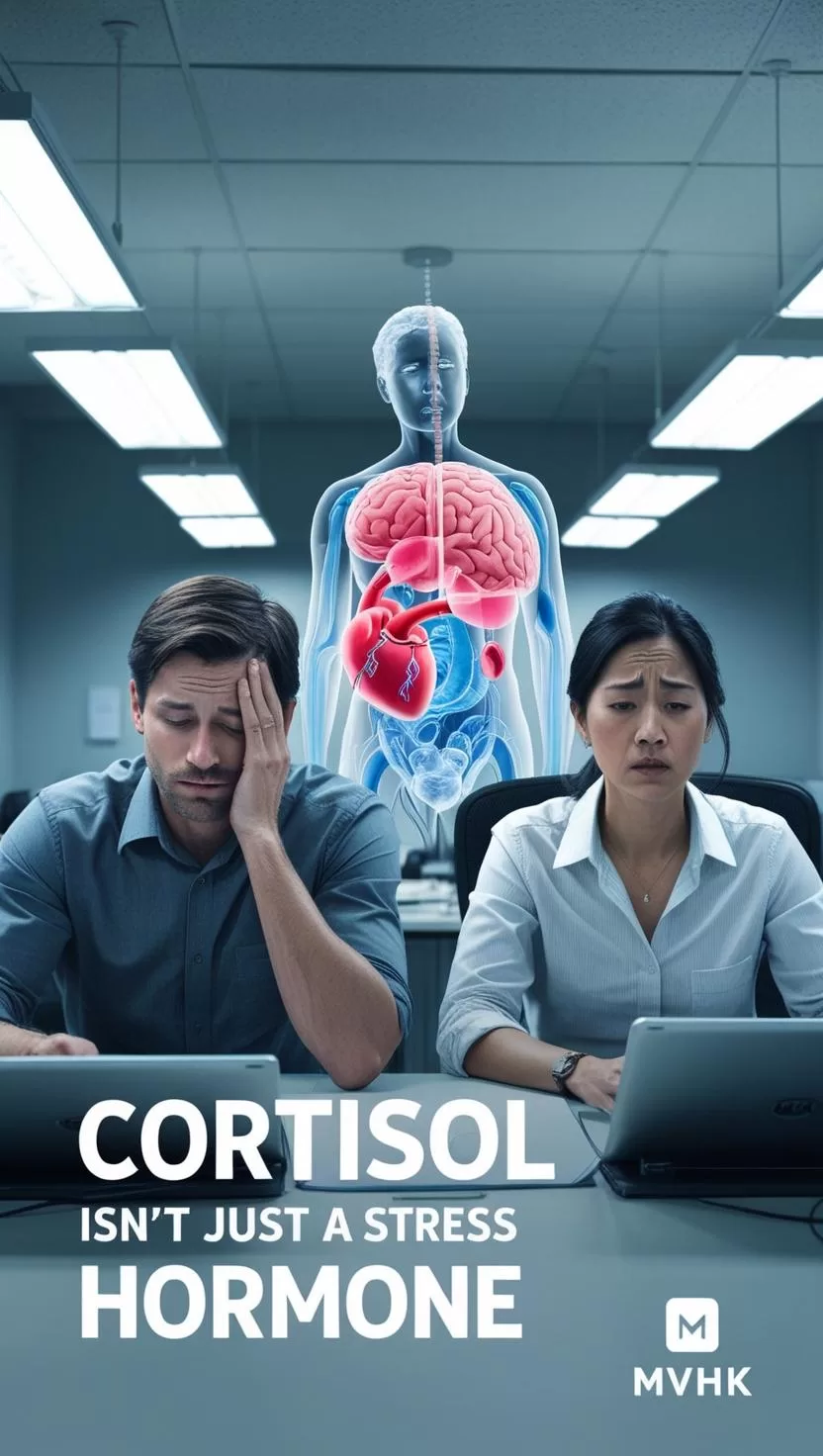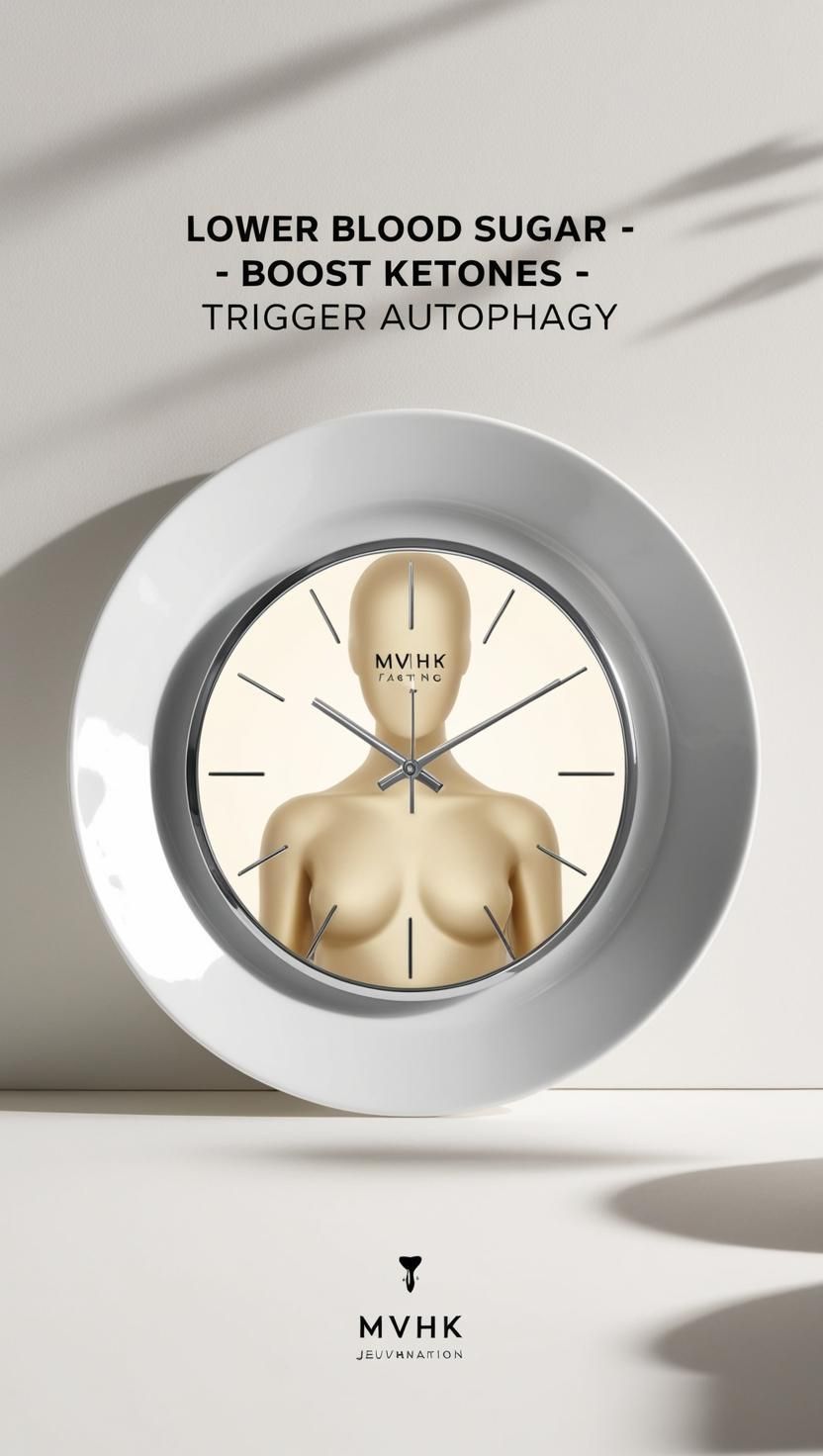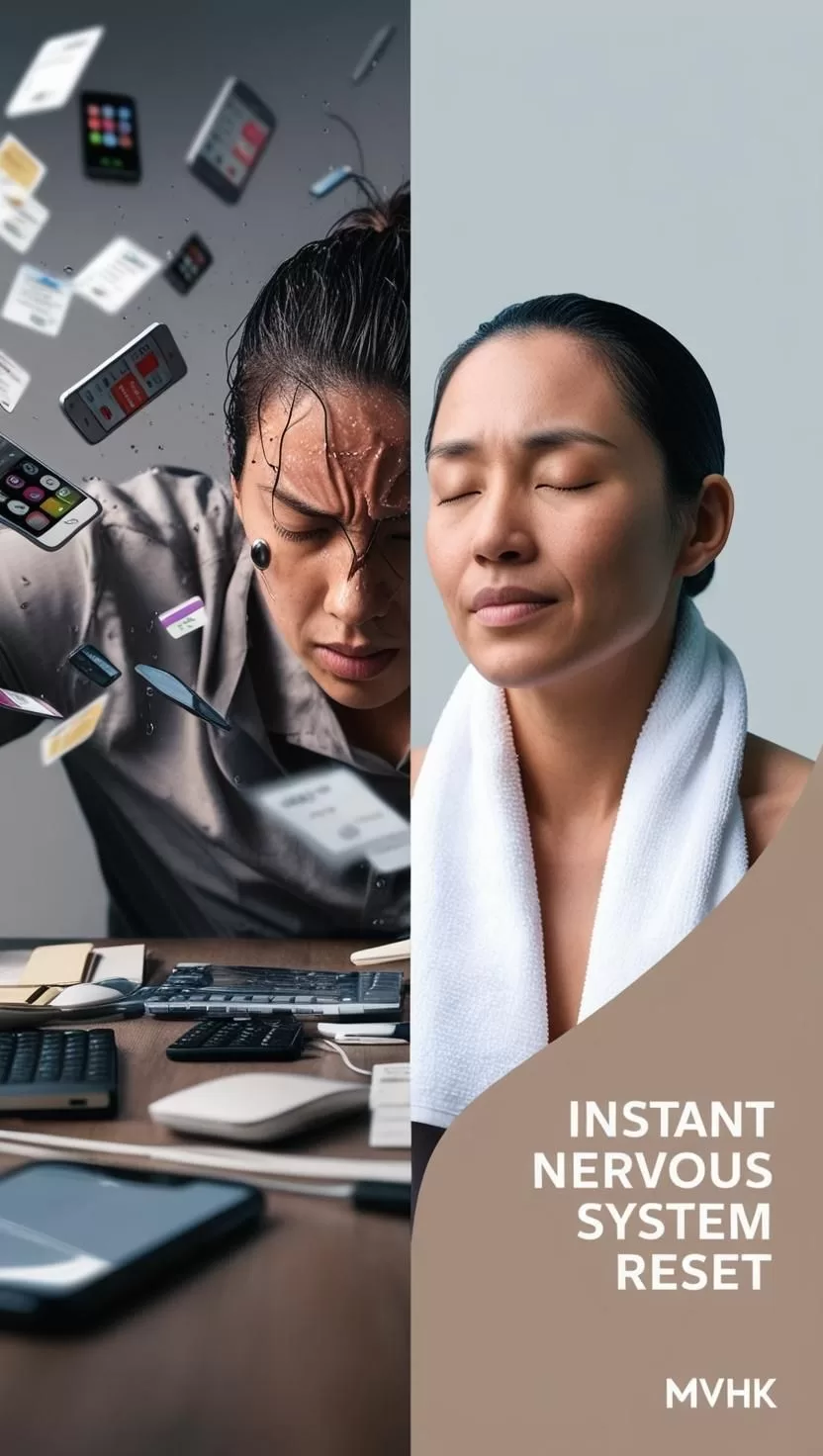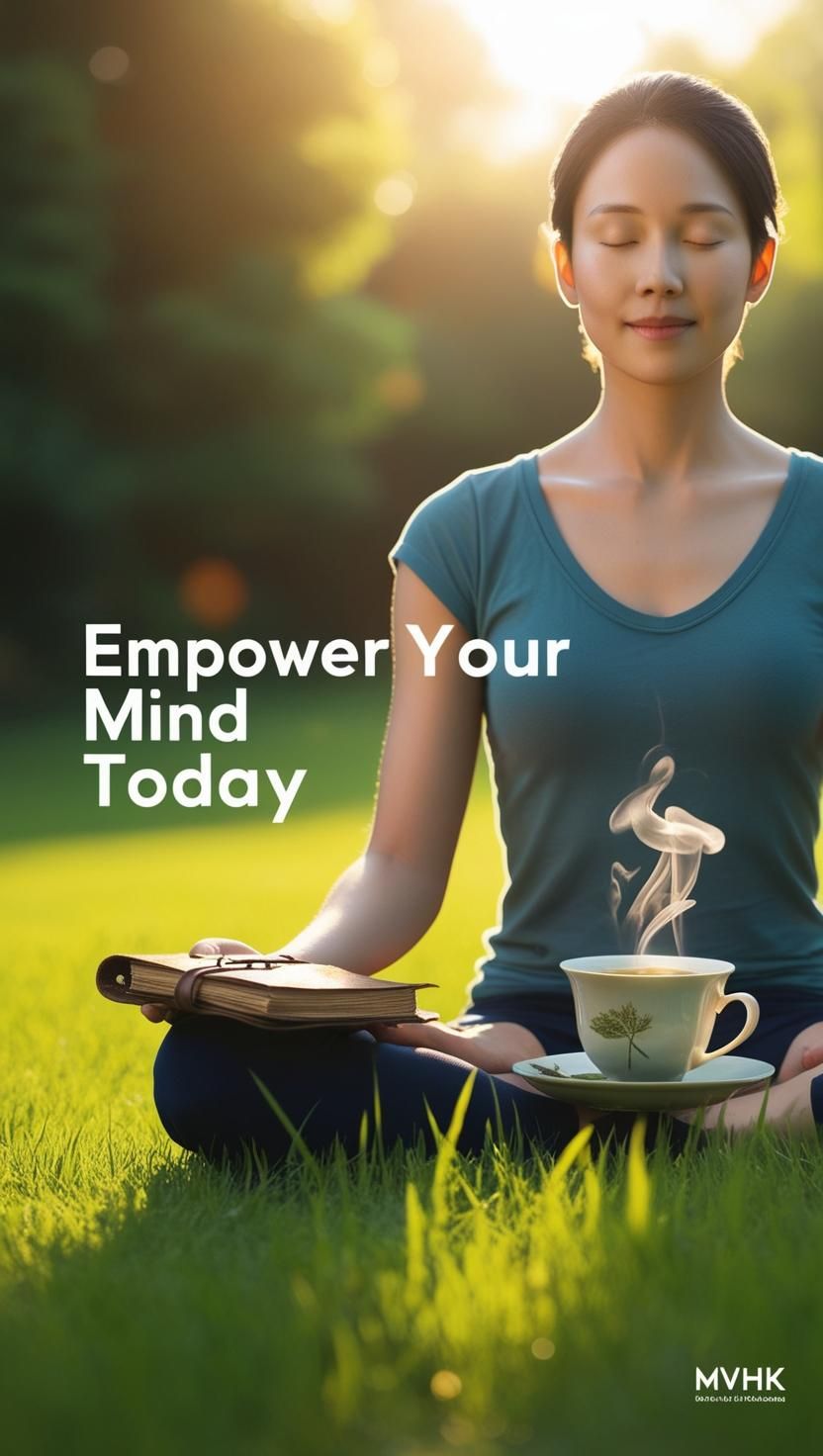Improve Your Sleep with Better Lighting: A Science-Backed Guide
How Lighting Affects Your Sleep and Health
Did you know that bad lighting could be silently harming your sleep and overall health? Research shows that exposure to artificial light at the wrong times can disrupt your circadian rhythm, reduce melatonin production, and even contribute to long-term health issues like obesity, heart disease, and mood disorders.
By optimizing your lighting environment, you can improve your sleep, boost your energy, and enhance your mood. Here’s how to use light effectively to support your well-being.
Morning & Day: Maximize Natural Light Exposure
Your body’s internal clock, or circadian rhythm, is heavily influenced by light exposure. Morning light exposure signals your brain to wake up, increase alertness, and regulate your energy levels throughout the day.
1. Start Your Day with Bright Natural Light
- Within 30 minutes of waking up, get outside for at least 10-20 minutes of natural sunlight.
- If outdoor light isn’t accessible, use a light therapy lamp (2000+ lux) to mimic natural daylight.
- Open curtains or sit near a bright window while eating breakfast.
2. Gradually Increase Indoor Lighting
- Keep bathroom lights dim in the morning to avoid sudden harsh exposure.
- Use cool, bright lighting (5000-6500K) in work areas to boost alertness.
- Spend as much time as possible outdoors during daylight hours.
3. Sync Your Body Clock with Outdoor Light
- Take short outdoor breaks during the day to reinforce your natural sleep-wake cycle.
- Avoid wearing sunglasses too early in the morning to allow proper light absorption.
- If you work indoors, position your desk near a window or use a full-spectrum light.
Evening & Night: Reduce Light Exposure for Better Sleep
Just as morning light wakes you up, evening light prepares your body for rest. However, too much artificial lighting at night can delay melatonin production and keep you awake longer than necessary.
1. Use Warm, Low-Positioned Lighting
- Switch to warm, dim lighting (2000-3000K) in the evening to mimic sunset.
- Place lights closer to the ground, like table lamps or floor lamps, to signal relaxation.
- Use salt lamps or amber bulbs for a calming glow.
2. Dim Lights 90 Minutes Before Bed
- Lower the brightness of overhead lights or turn them off completely.
- Use dimmable LED bulbs or smart lighting systems with scheduling features.
- Avoid stark white or blue lights in bedrooms and living areas.
3. Protect Melatonin from Screens
- Reduce screen brightness and use blue light filters on phones, tablets, and computers.
- Enable night mode or red filters after sunset.
- Consider blue-light-blocking glasses if screen use is unavoidable.
4. Sleep in Total Darkness
- Eliminate light sources in the bedroom, including LEDs from alarm clocks.
- Use blackout curtains to block outside light pollution.
- If total darkness isn’t possible, opt for a red night light, which is less disruptive to melatonin.
Why Lighting Matters for Sleep, Mood, and Longevity
Light exposure isn’t just about sleep—it affects your entire well-being. Studies show that improper lighting can lead to:
- Poor sleep quality, increasing risks of insomnia and daytime fatigue.
- Weakened immune function, making you more susceptible to illness.
- Increased stress and mood disorders, including anxiety and depression.
- Higher risk of chronic diseases, such as heart disease and metabolic disorders.
By making small changes to your lighting habits, you can significantly improve your health, energy levels, and even extend your lifespan.
Get Started Today: Simple Lighting Hacks for Better Sleep
- Morning: Get 10-20 minutes of natural sunlight to wake up naturally.
- Daytime: Use bright, cool light to maintain focus and energy.
- Evening: Shift to warm, dim lighting at least 90 minutes before bed.
- Night: Keep your bedroom completely dark or use a red night light if necessary.
- Screens: Use red filters and reduce screen brightness after sunset.
Frequently Asked Questions about Lighting and Sleep
How does light affect melatonin production?
Light exposure, especially blue light from screens and bright artificial lighting, suppresses melatonin production, making it harder to fall asleep. Red and warm light have minimal impact on melatonin levels, making them ideal for evening use.
What is the best type of light bulb for sleep?
Warm-colored (2000-3000K) amber or red LED bulbs are best for evening use. Smart bulbs that gradually dim and shift color temperature can also support healthy sleep patterns.
Can exposure to sunlight during the day improve sleep quality?
Yes! Natural sunlight exposure during the day helps regulate your circadian rhythm, making it easier to fall asleep at night and wake up feeling refreshed.
